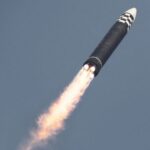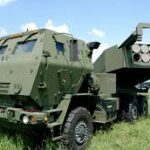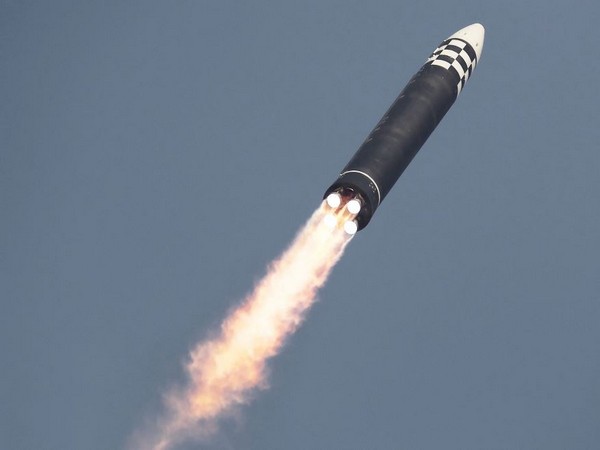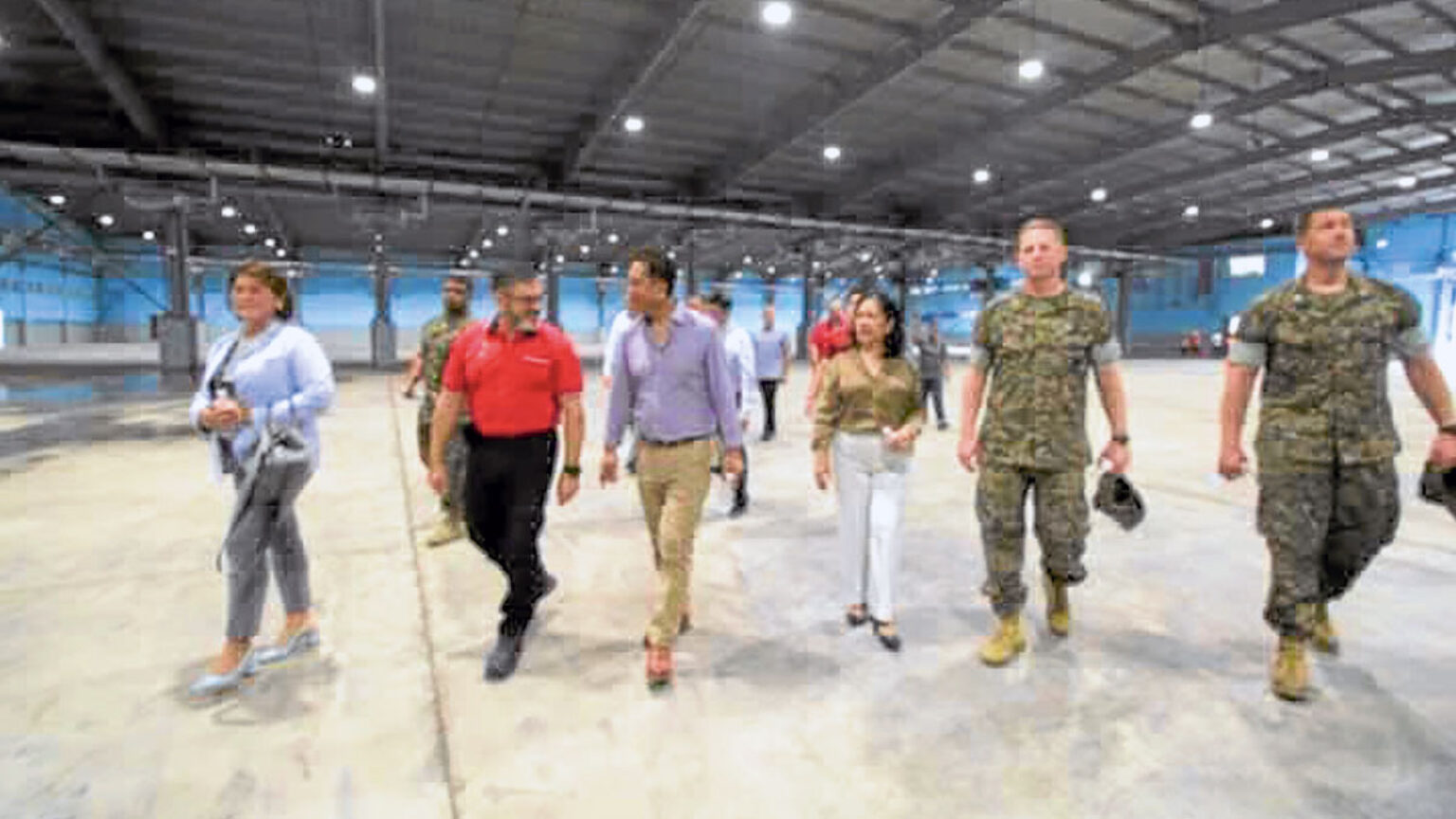Jonny Barker
In a move signaling strengthened defense ties between the United States and the Philippines, U.S. lawmakers are considering the establishment of an ammunition production and storage facility at the historic U.S. Naval Base Subic Bay. The initiative aims to address concerns over the lack of a forward-based manufacturing hub in the strategically vital Indo-Pacific region.
The House Appropriations Committee’s defense subcommittee report on the Department of Defense Appropriations Act for 2026 highlights the plan under the section titled “Indo-Pacific Ammunition Manufacturing.” The report states that “the Committee is concerned with the lack of a forward-staged ammunition manufacturing facility in the Indo-Pacific,” and directs the Department of Defense to evaluate the feasibility of establishing a joint ammunition manufacturing and storage site at the former naval base.
Although the U.S. officially withdrew from Subic Bay in 1992, the site remains a focal point for American strategic interests. Recent years have seen increased cooperation between Washington and Manila, especially amid rising tensions in the South China Sea and the Luzon Strait. The U.S. Navy plans to lease storage facilities near Subic Bay to support a new Marine Corps prepositioning program, while local yards continue to maintain U.S. Navy warships and logistics vessels.
The proposed joint ammunition facility aligns with Manila’s broader efforts to bolster its defense industrial base, as outlined in the Self-Reliant Defense Posture Revitalization Act. President Ferdinand Marcos Jr. emphasized the importance of developing domestic military industries during the law’s signing last fall, viewing it as a crucial step toward modernizing their armed forces amid ongoing geopolitical shifts.
Defense policymakers in both nations have prioritized cooperation in building a sustainable defense industrial base, with a specific focus on ammunition components and energetics—crucial materials like nitrocellulose, nitroglycerin, and acids used in explosive manufacturing. A joint vision statement released during Secretary of Defense Pete Hegseth’s recent visit to Manila underscored this shared commitment, emphasizing collaboration on storage, production, and logistics.
The House report indicates that the proposed facility would serve as a staging area for ammunition stockpiles, including explosive-related materials necessary for modern military operations. Lawmakers have mandated the Secretary of Defense to provide an update on the feasibility study within 60 days of the law’s enactment.
If realized, this project would mark one of the most significant U.S. defense investments in the Philippines since the Cold War era, signaling a renewed strategic partnership at a pivotal geopolitical juncture.















